Amazon Echo Sub review: All about that bass and we’re delighted
Amazon Echo Sub review: All about that bass and we’re delighted Review
It's all about the bass, the bass, the bass
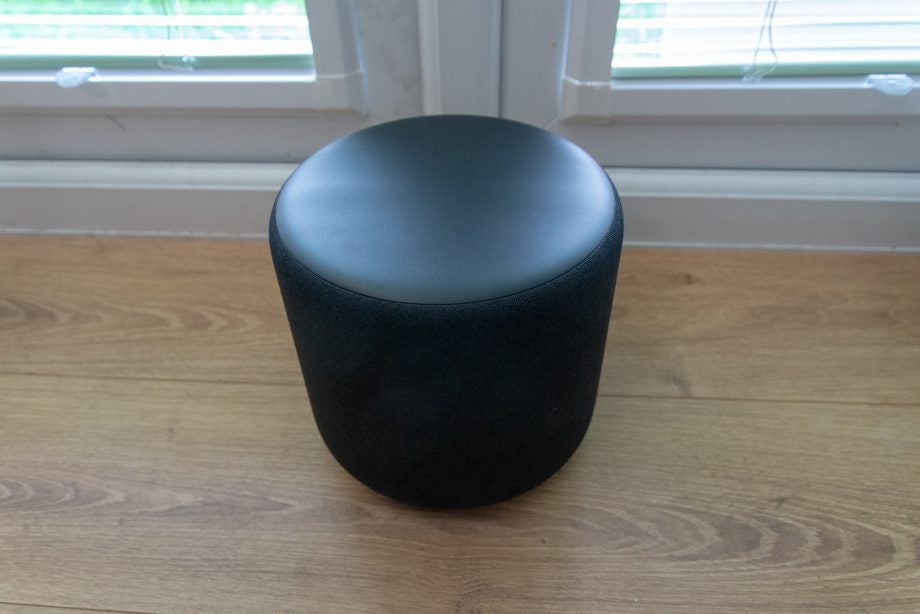
Verdict
The Amazon Echo Sub is a decent upgrade for many Echo speakers, but it's at its best with two new Amazon Echo Plus devices.
Pros
- Adds sorely missing bass to Echo speakers
- Works brilliant in a stereo pair with Echo Plus speakers
- Easy to set up
Cons
- Few controls
- Can't fix mid-range issues with some Echo speakers
Key Specifications
- Review Price: £119
- 100W 6-inch subwoofer
- Requires compatible Amazon Echo speaker
What is the Amazon Echo Sub?
While the Apple HomePod and Google Home Max are built for audiophiles, so far Amazon hasn’t had a product to compete. The company’s answer hasn’t been to create a rival product to either of these products, but to make an add-on product for the Echo range, the Echo Sub.
This is more akin to the Sonos way of doing things, with the Sonos Sub making an excellent pairing for the likes of two Sonos One smart speakers. More defined bass and simple set-up make the Echo Sub an exciting product that boosts the audio quality of Echo speakers, but for the best audio fidelity, you’re better off looking elsewhere.
Related: Amazon Prime Day 2019
Amazon Echo Sub – Design and build quality
At 202 x 210 x 210mm, the Amazon Echo Sub looks like a large Echo Plus (2nd Gen). It’s designed to sit on the floor and is the first Echo device that I’ve seen not to have any physical buttons or microphones. This is purely an add-on product, designed to work with additional speakers. Inside, there’s a 6-inch downward-firing woofer, powered by a 100W amplifier.
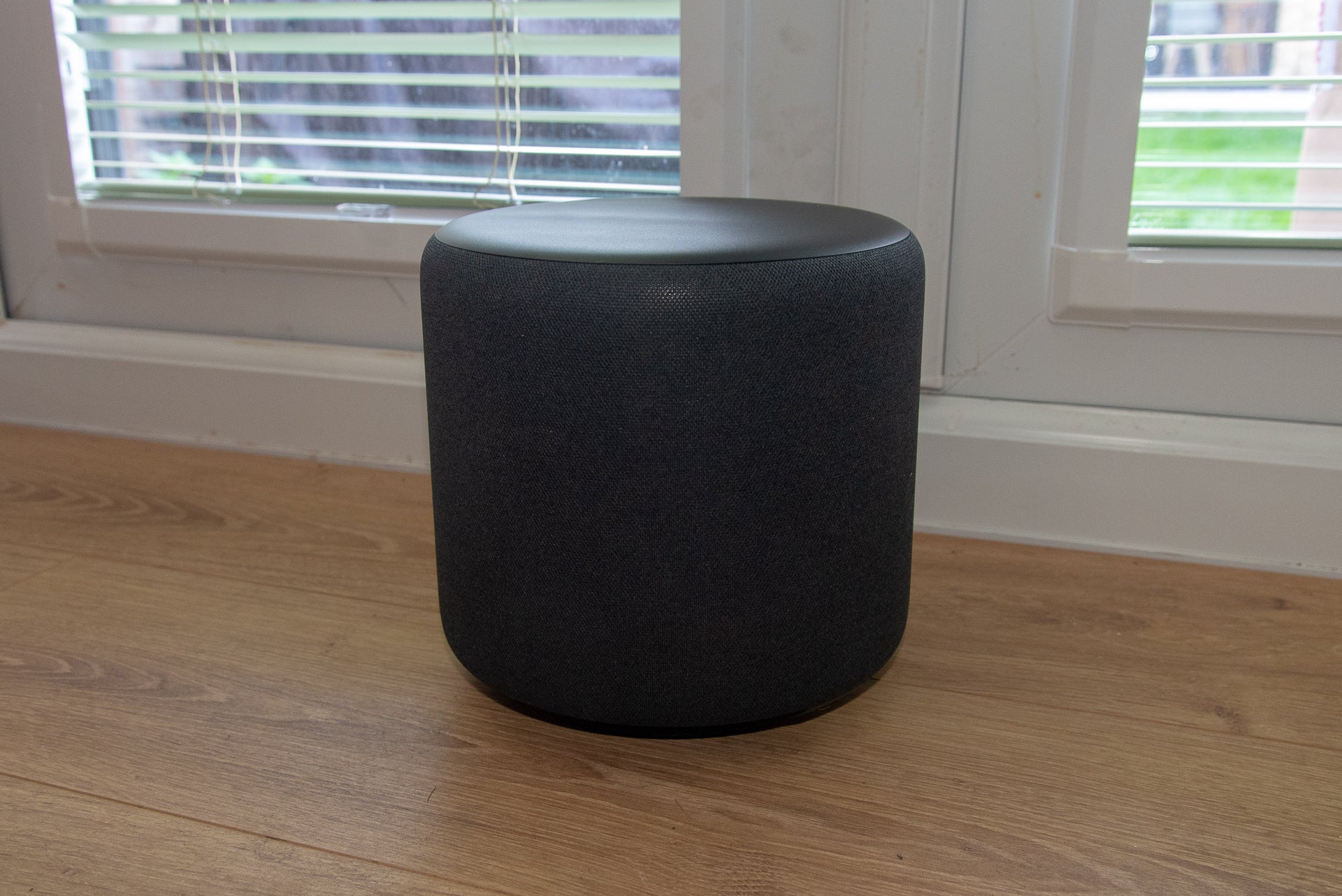
Decked out in the material finish that’s now key to the Echo line-up, the Sub looks excellent. In fact, it’s a subwoofer that I’d happily have out on display, rather than tucking it away out of sight. It’s a shame that there’s only a black version available and that there aren’t colour options to match the rest of the Echo range.
Around the back, there’s a single power input, and an Action button. The latter is rather misnamed, in my opinion, as it just provides a way to reset the subwoofer, as opposed to doing anything else; on other devices, the Action button enables Alexa without having to say the wake word.
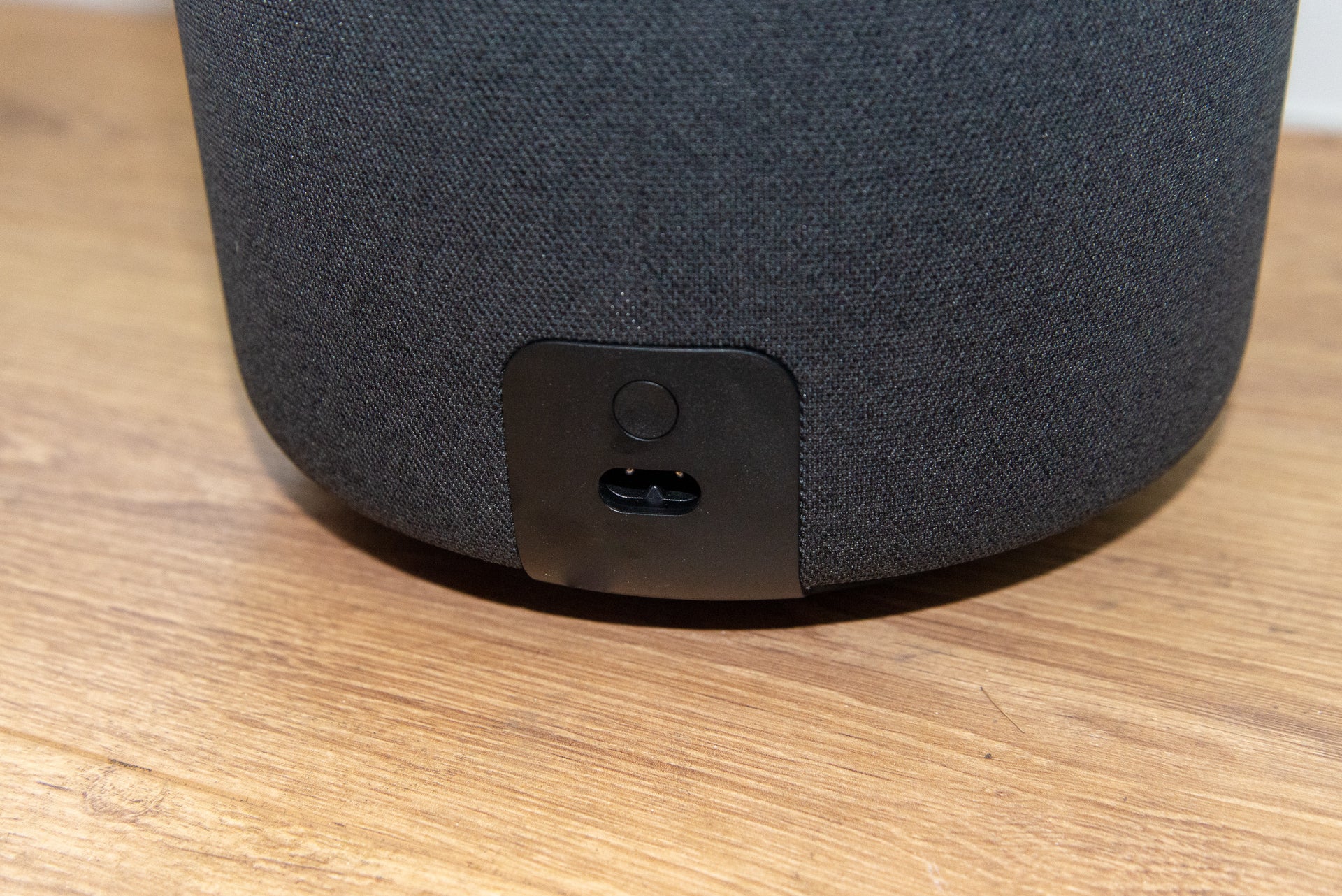
Amazon Echo Sub – Features
The Echo Sub can only work with additional Echo speakers. The current list of supported devices includes the Amazon Echo (1st Gen), Amazon Echo (2nd Gen), Echo Dot (3rd Gen), Echo Plus (1st Gen), Echo Plus (2nd Gen), Echo Show (1st Gen) and Echo Show (2nd Gen). Only the Echo (2nd Gen), Echo Dot (3rd Gen) and either generation Echo Plus can be used as a stereo pair with the Sub.
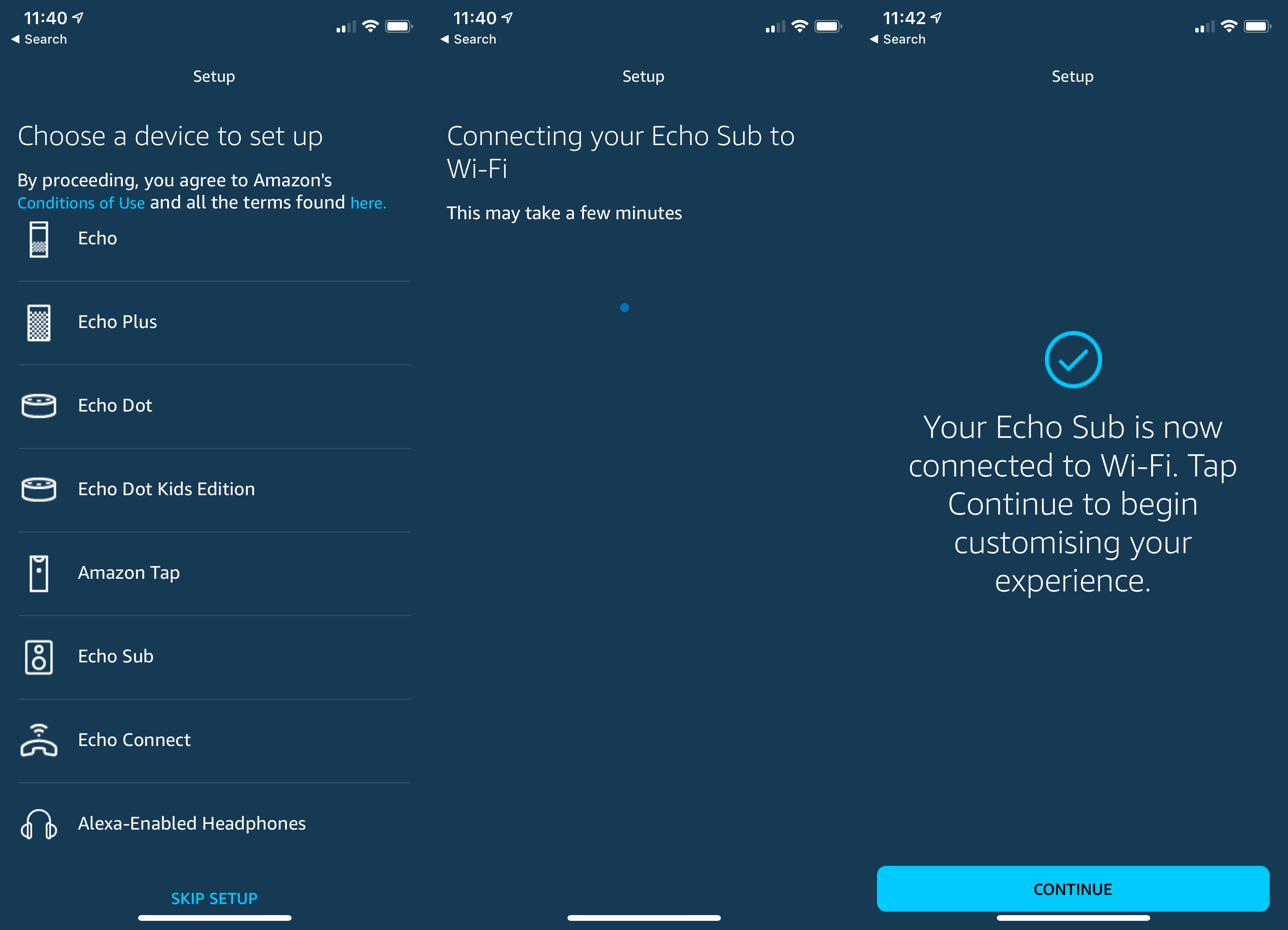
For the Echo Show smart displays, the sub only works with audio and not video. And for all devices, the Sub only kicks into action when you’re playing music, not when you ask Alexa a question.
Although an Echo device, the Echo Sub has no microphones or controls, so it’s purely designed for bass. Once the Sub has been added in the app, you have to pair it with a speaker (or pair of speakers). If you’ve already created a stereo pair (see the guide, how to create an Amazon Echo stereo pair), you can’t add the Echo Sub into the mix. Instead, you have to break the stereo pair and then create it again, adding in the Sub. That’s a little frustrating, and the set-up should be more flexible.
Related: Amazon Alexa guide
The Sub comes set up by default and matches its volume to the those of the attached Echo (or stereo pair). However, if you go into the Alexa app and select an Echo speaker that’s paired with the Sub, you can use the EQ feature to adjust bass, mid-range and treble, with the results applying to all speakers in the group. It’s a little annoying that you can’t adjust the subwoofer individually, or access the EQ by selecting the Sub in the Alexa app.
Related: How to add an Amazon Echo Sub and configure Alexa EQ settings
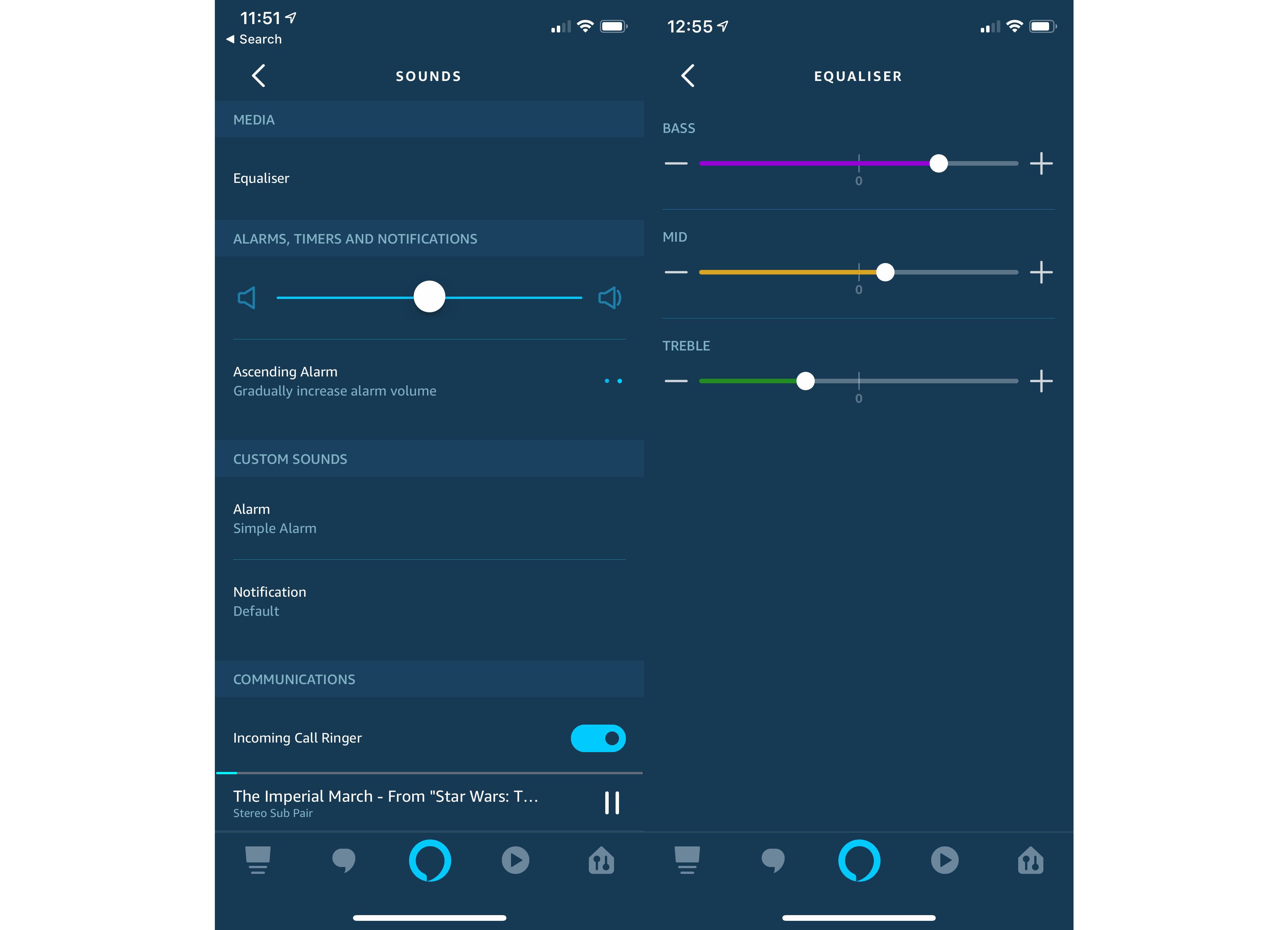
Amazon Echo Sub – Sound quality
To start with, I paired the Echo Sub with two Amazon Echo Plus (2nd Gen) speakers to give the best audio experience. I have to say that I was impressed with the results. The Echo Sub injected that thump and excitement that the speakers slightly lack on their own.
With a low-frequency response of 30Hz, the Echo Sub doesn’t have quite the low range of some models: the Sonos SUB goes to 25Hz, for example. But again it’s a question of balance, and the Echo Sub has been tuned for the range of Echo speakers. The Sub is neatly balanced, too, not overpowering the Echo Plus speakers. Overall, the sound is far more balanced, with the stereo pair creating a proper stereo separation effect.
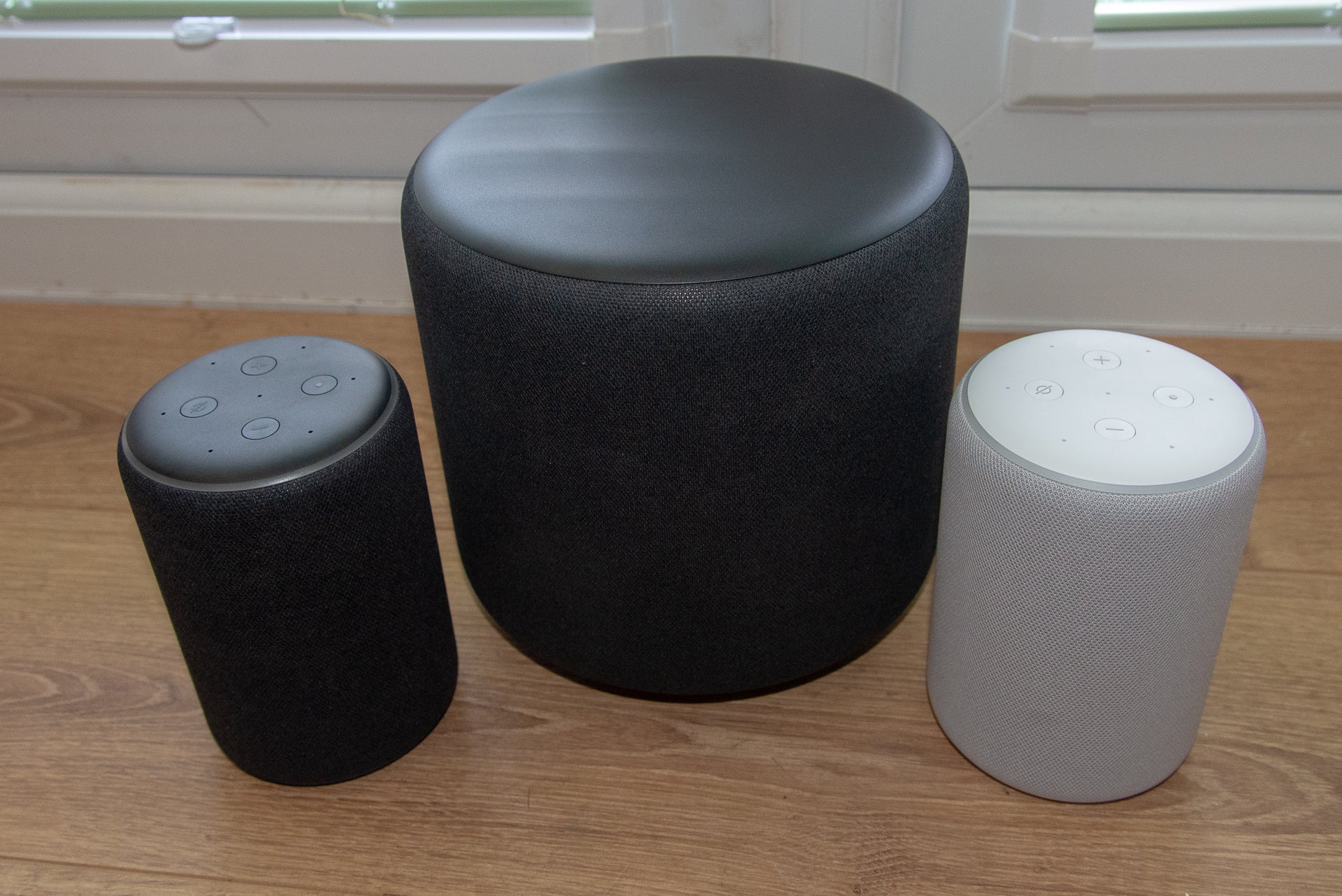
What the Echo Sub can’t do is make up for the slight lack of mid-range prowess in the Echo Plus speakers. They’re decent at the high-end, but the mid-range gets a little compressed and muddled.
Next, I tried a single Echo Plus (2nd Gen) speaker with the Echo Sub. This time around, the Echo Sub still adds the extra presence and sense of urgency, with neatly-balanced bass. But, the overall effect isn’t as impressive. With only a single speaker, the setup feels less impressive and immersive and the mid-range issues with the Echo Plus are more keenly felt.
The Amazon Echo Show (2nd Gen) is a great performer in its own right and an Echo device that I’d happily listen to music on. Adding in the Sub improves matters further. Even though the Echo Show has decent bass, the Sub makes it that bit more thumping and powerful. Again, the mid-range on the Echo Show sounds a bit more compressed and the sound isn’t quite as balanced as it could be. That said, the Echo Sub is a decent upgrade to the smart display.
Using a single Amazon Echo Dot (3rd Gen) speaker and the Echo Sub is a bit overkill. Sure, the Echo Sub accentuates the low-frequency audio, but it does little to improve the core sound on the Echo Dot. What you get is more bass, but a slightly unbalanced sound.
Related: Which Amazon Echo should you buy?
Why buy the Amazon Echo Sub?
At £119, the Amazon Echo Sub is a well-priced add-on, boosting the sound of any compatible Echo smart speaker that it’s compatible with. For sound quality, I’d pair it with an Echo Show, Echo (2nd Gen) or Echo Plus (2nd Gen).
Ideally, the Echo Sub works best with two Echo Plus (3rd Gen) speakers, a package that can be bought for £299.97 (saving £100 on buying the devices separately). Here, you get proper stereo separation and a properly balanced sound.
At £300, this package is cheaper than the Apple HomePod (£319). In terms of bass and stereo separation, the Amazon package wins. However, the HomePod has a far more tightly controlled and better-balanced sound, particularly as it cleverly adjusts audio depending on where you place it. From a pure audio point of view, the HomePod sounds better, even if it can’t hit the low frequency of the Echo range. And, put two HomePods together in a stereo pair and Apple is far better (not to mention twice the price).
The Google Home Max is louder and better balanced, but it costs £399.99. You can double that figure if you want to match the stereo separation that the Amazon Echo gives you.
Then there’s the option of buying two Sonos One speakers (£199 each) and a Sonos SUB (£699) for a total of £1097. It’s fair to say that the Sonos option sounds amazing, but that’s a staggering amount of money to spend.
In terms of pure audio fidelity, there are better options, but if you want loud and thumping audio for a decent price, the Echo Sub gives you that option and neatly complements the Echo range. Buy two Echo Plus devices as well, and you’ve got a powerful wireless music system that doesn’t cost a fortune.
Verdict
The Echo Sub is a fantastic addition to any Echo setup.


